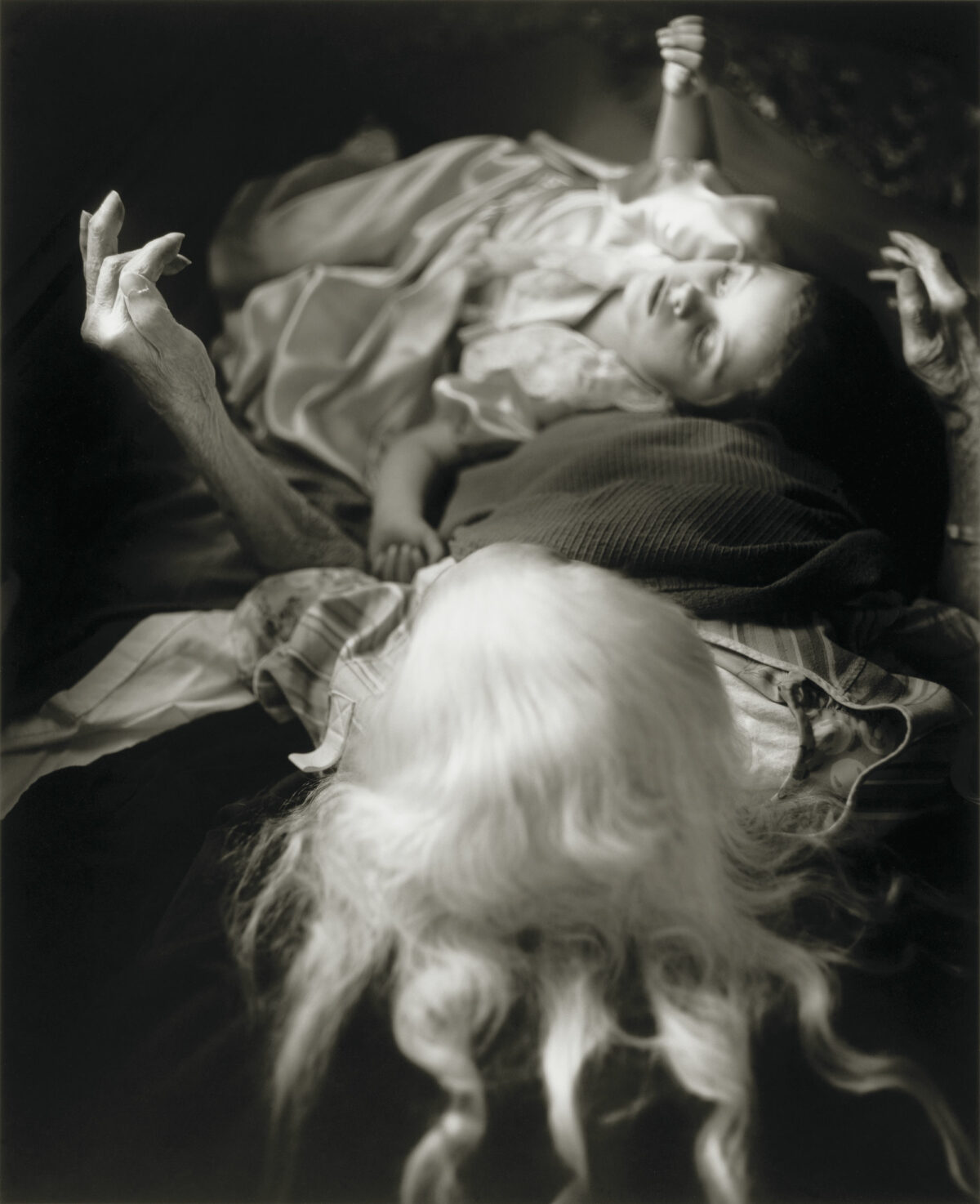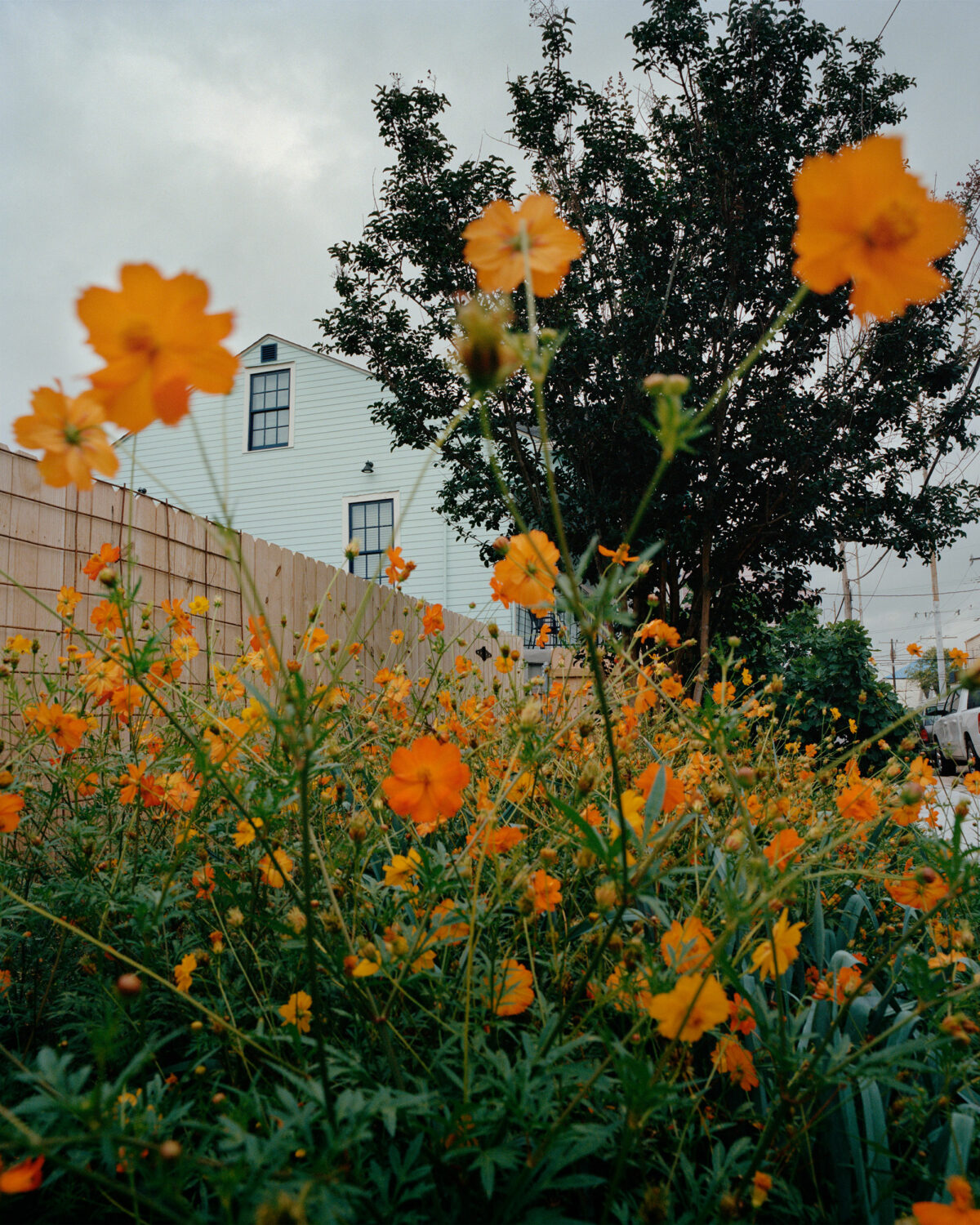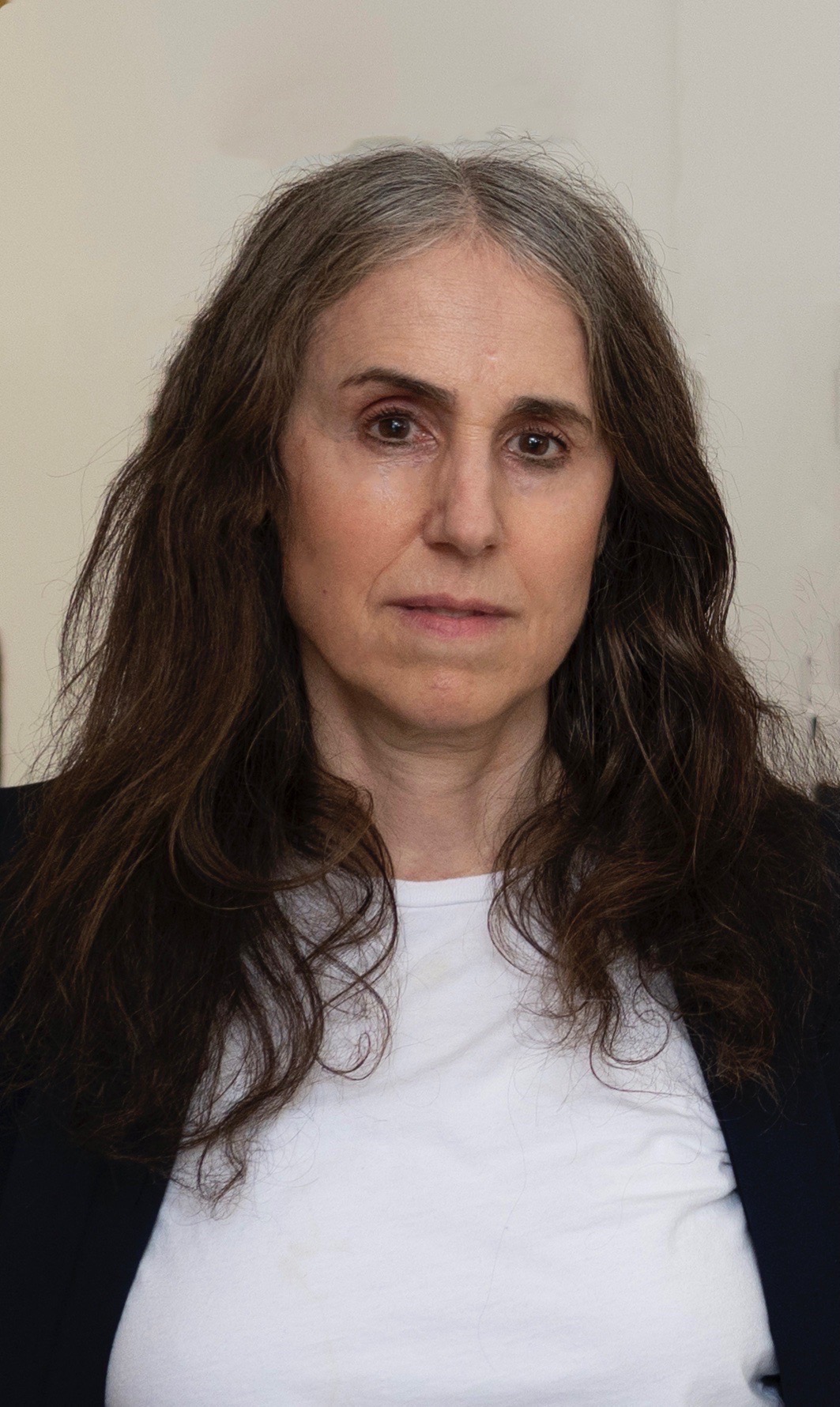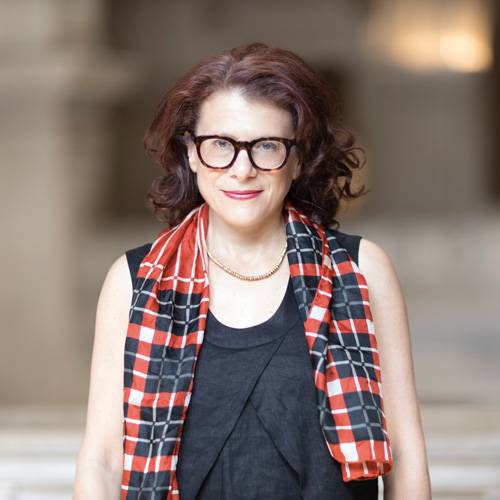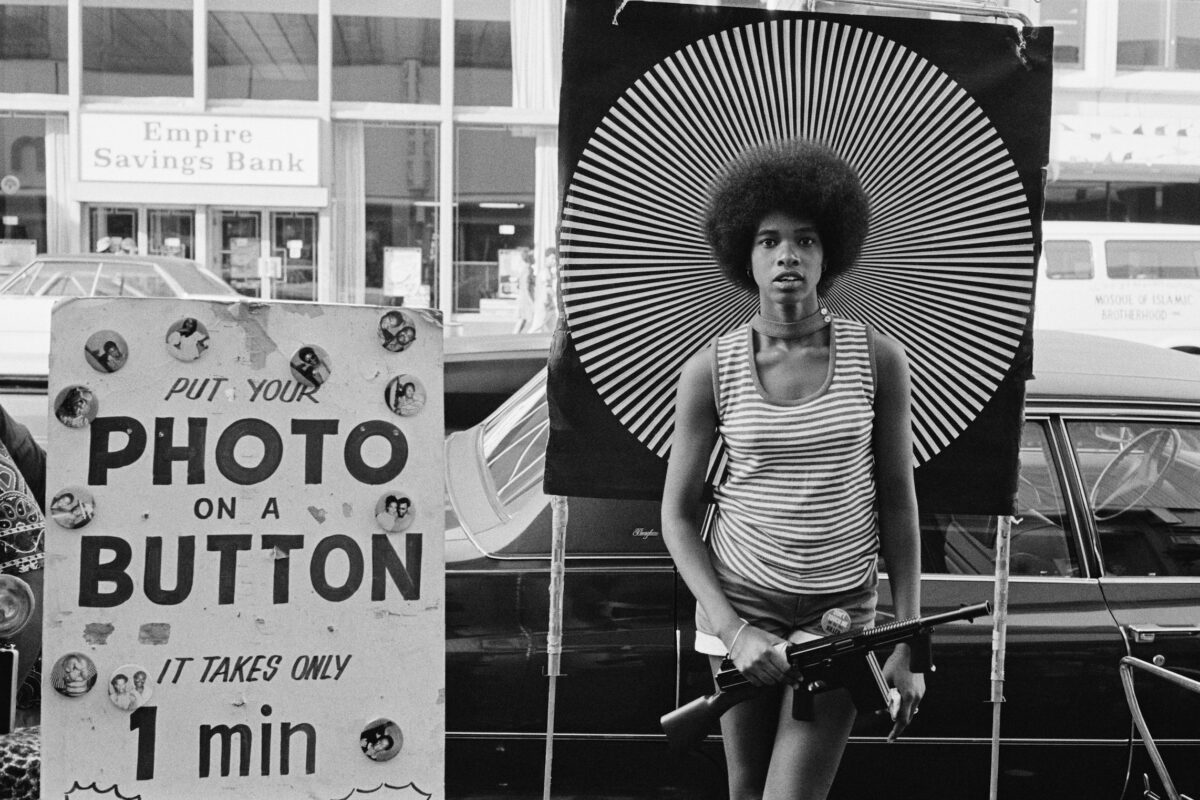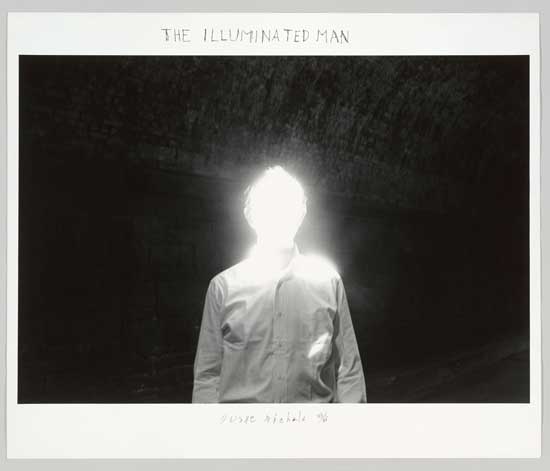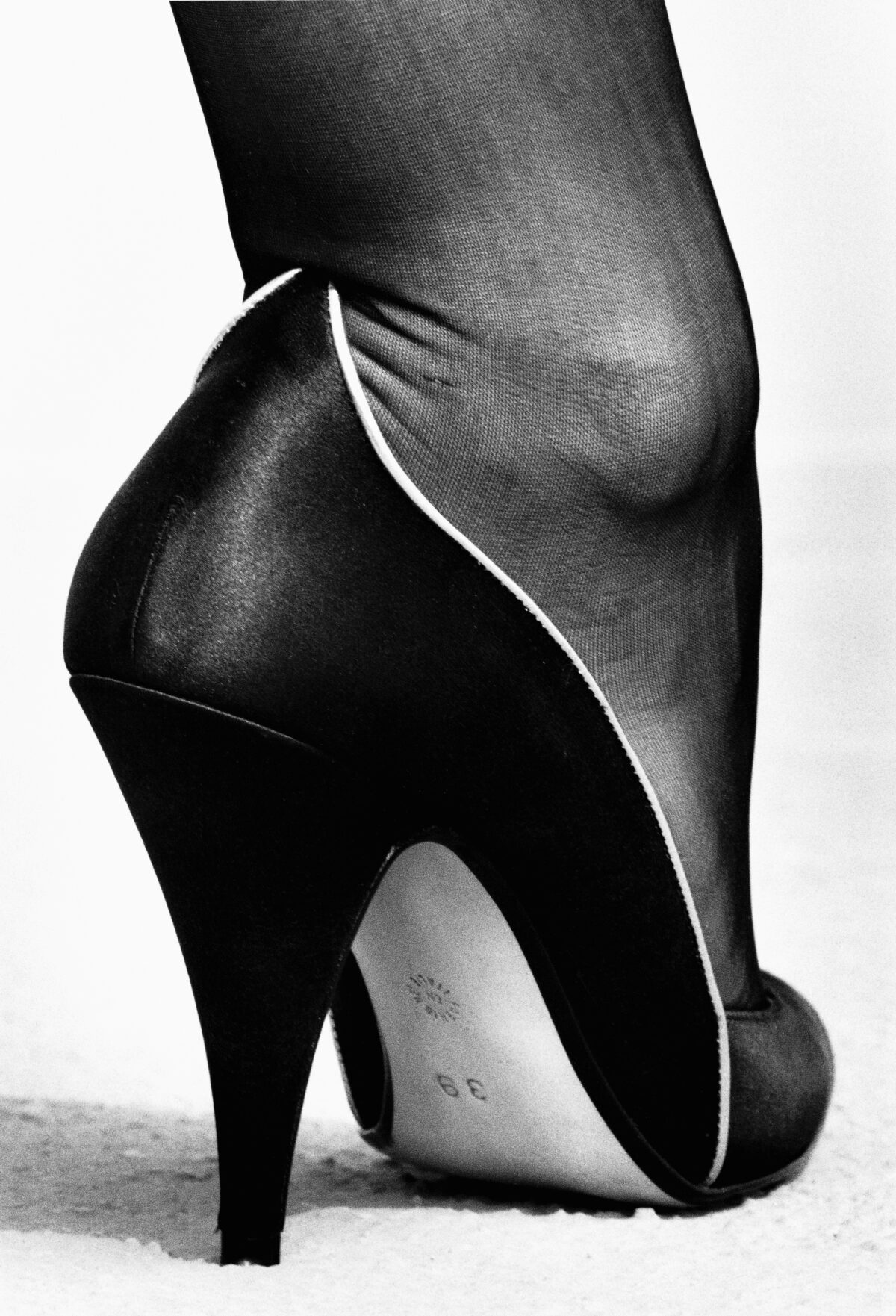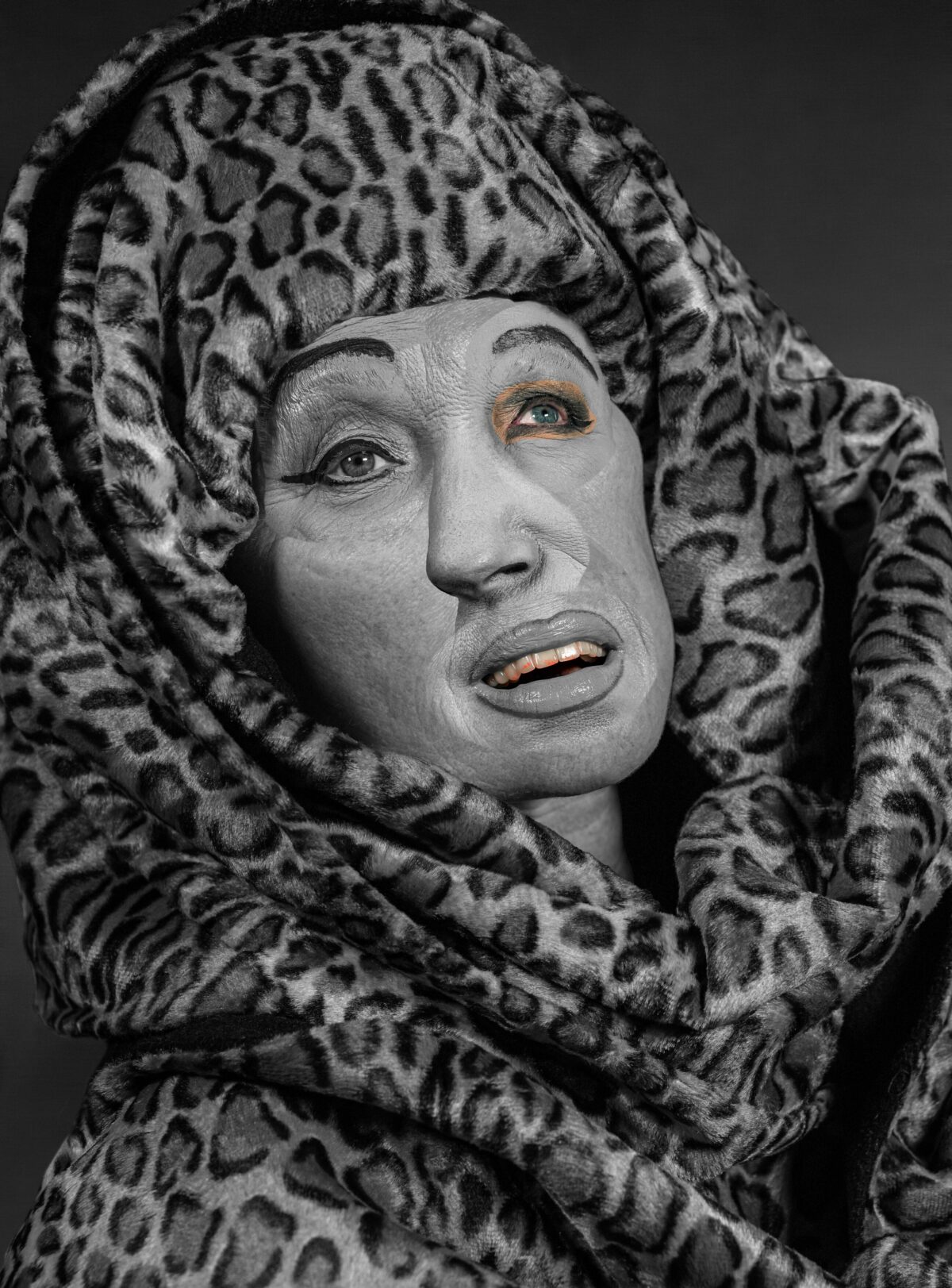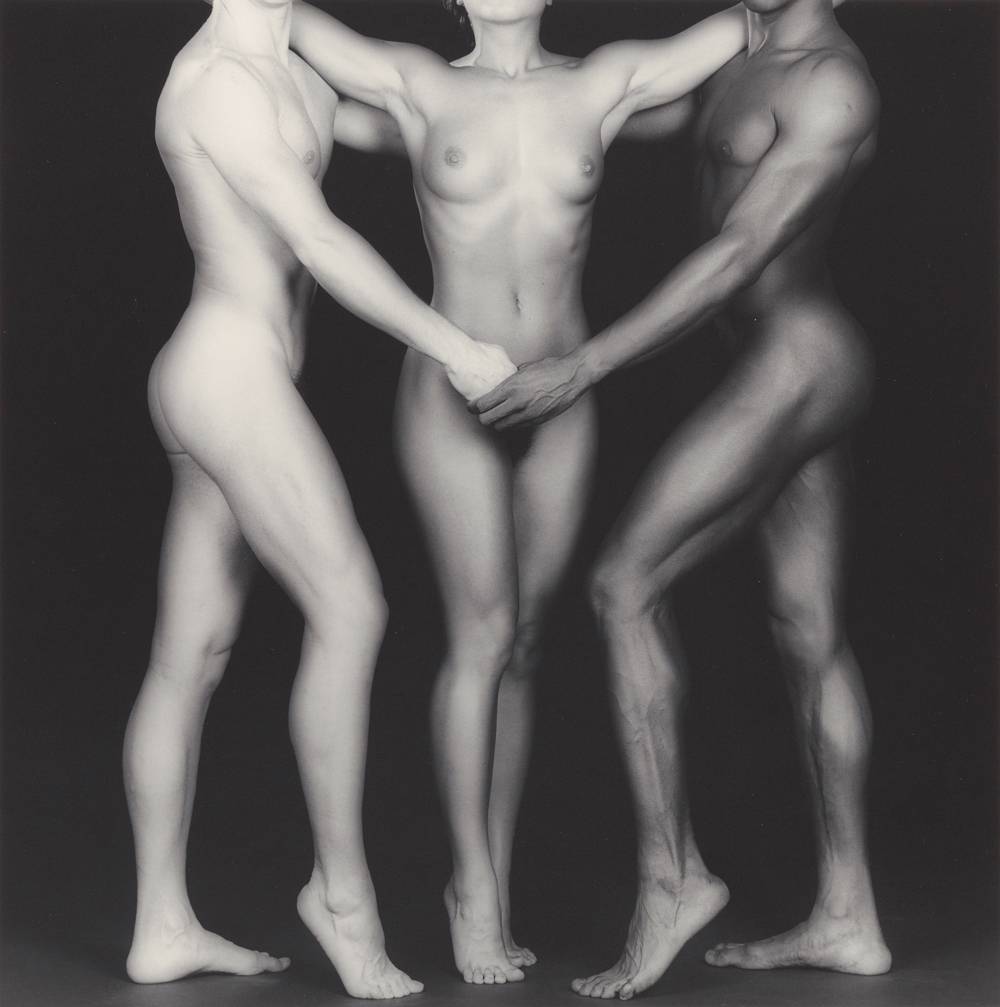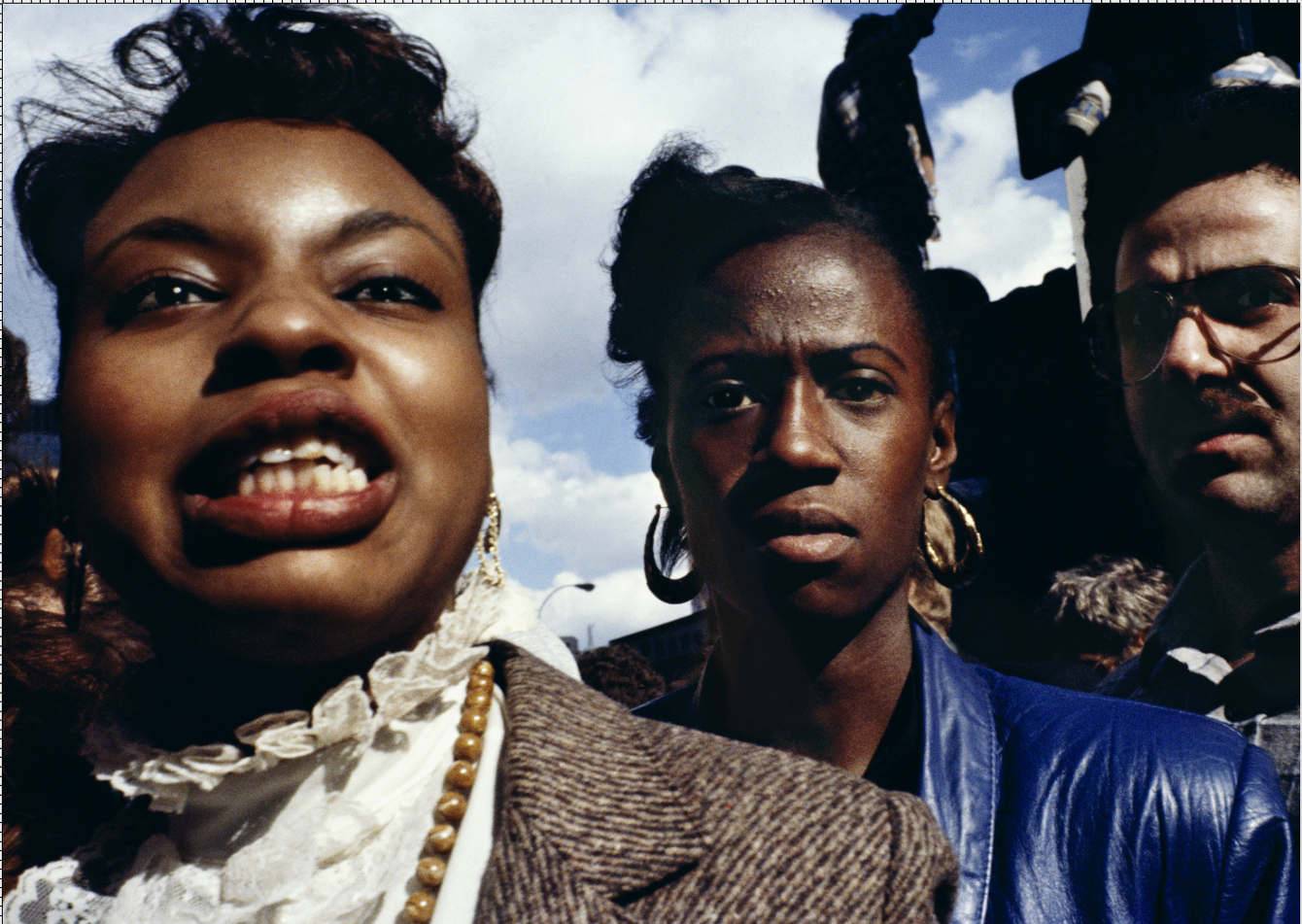

A suited man with an earbud in his left ear looks over his shoulder in a photograph Keizo Kitajima took in 1991, during a long visit to the USSR. The suited man, who may or may not be a guard, is surrounded by three other suited men around his age — in their 30s, or 40s — and one older, bearded man in an ill-fitting pea green coat. Each man looks somewhere else; all seem apprehensive. They are so close together within the space of the photograph, their bodies forming a half circle, but their postures and expressions suggest no unity.
Kitajima, a Japanese photographer based in Tokyo, takes a similarly immersive approach to all of his subjects. This was made clear by the images on view at Little Big Man Gallery, pulled from multiple series. The time Kitajima spent in the USSR, the year before its fall, resulted in an omnivorous range of photographs: portraits posed and candid, glimpses of formal meetings, fleeting moments on the street, aerial views of landscapes. With one exception, a child sweeping up snow with a handmade broom, the subjects do not smile. A general sense of distractedness and suspicious uncertainty connects the otherwise diverse images – perhaps Kitajima sought out that anxious energy, or perhaps he found it wherever he looked. One image from his subsequent A.D. 1991 series, consisting of images from globalizing cities worldwide, shows a young woman in red opening her mouth as she raises a beer bottle. It looks like she’s poised to yell.
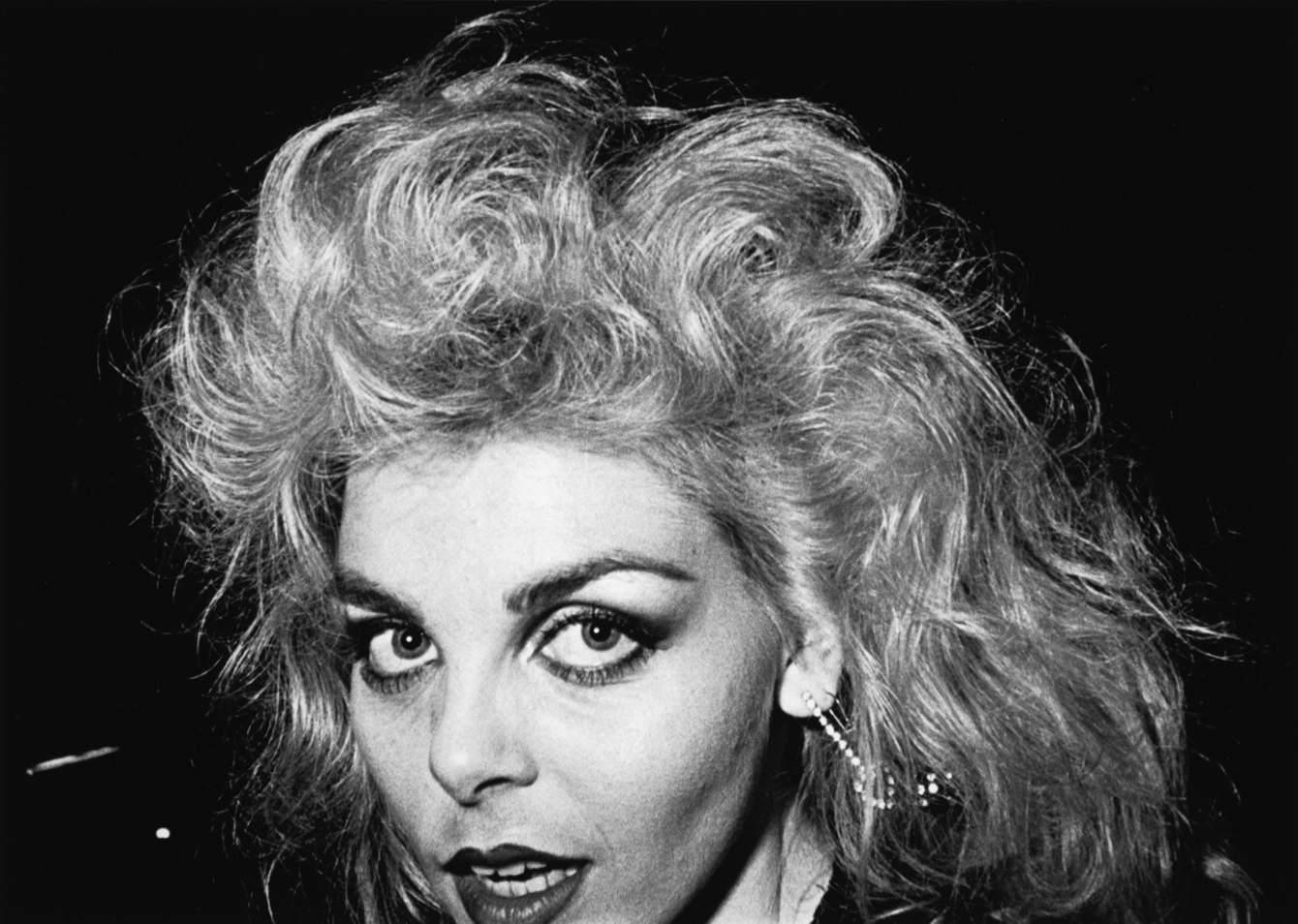

Recently reprinted photographs of Tokyo nightlife in the 1970s, hanging stacked and staggered on a brick wall, are intentionally grainy and drippy, since Kitajima applied developer and fixative with a sponge, allowing chemicals to bleed. Bodies lean against each other, screaming and sweating or suggestively dancing. In 1979, as part of year-long exhibition, Kitajima displayed these photos right after he took them at CAMP, the Tokyo gallery he co-founded with his mentors and peers, Daido Moriyama and Seiji Kurata. Like him, Moriyama and Kurata gravitated toward the odd, energetic moment, eschewing cohesive narrative. That interest in precariousness and disconnects between bodies and context gives Kitajima’s later, more conventionally documentary work an infectious edge. There’s no dream of togetherness, no romantic framing, but there’s sincere, intent curiosity.

